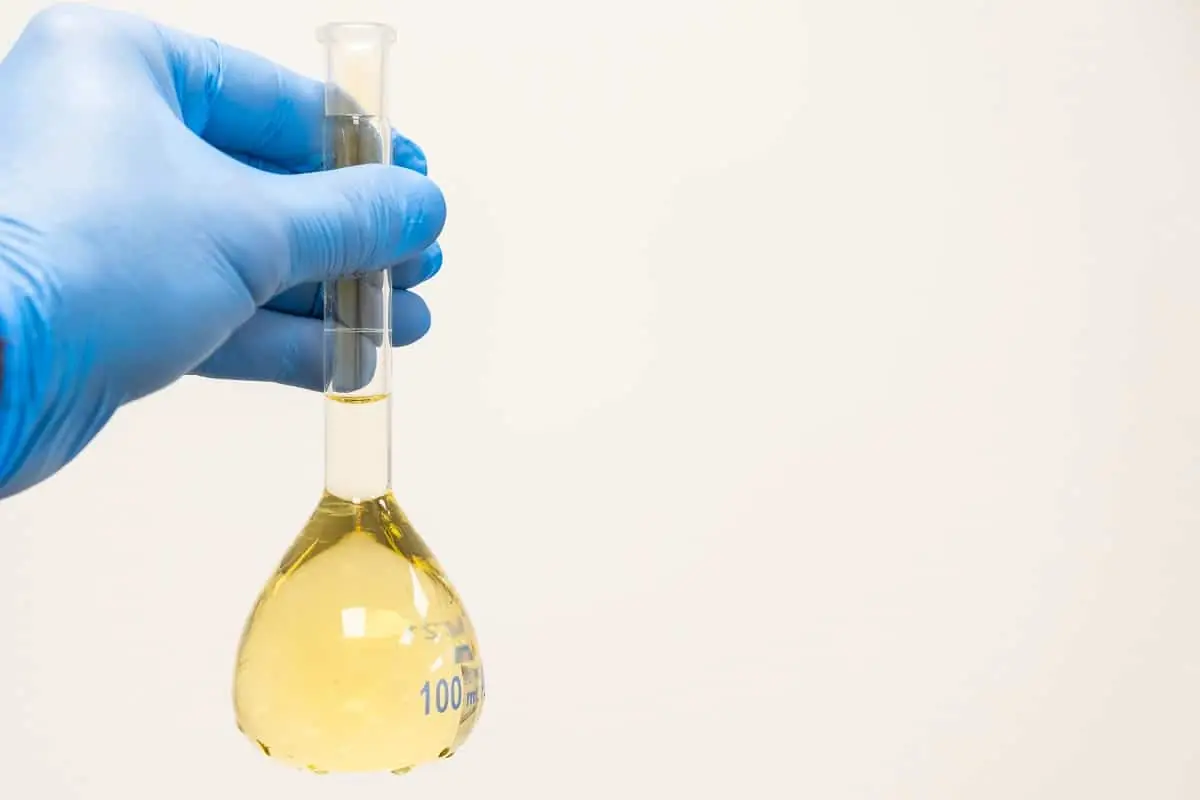Subscribe to our newsletter
- R&D&I Programmes
- Technological Services
- Consultancy Services
- Laboratory Services
- Training and Events
- Sectors


In this article, we provide a general overview of the challenges related to the control of MOSH and MOAH in food, contaminants that will likely be regulated by European legislation in less than a year. We also highlight possible actions that companies and industries should take to prepare for this new legislative framework, the categories of products most affected, the analytical complexity of their control, as well as the actions we are currently undertaking to support the sector in preventing and controlling this food safety hazard.
The presence of mineral oil hydrocarbons (MOSH and MOAH) in food is a growing concern in Europe. These petroleum-derived compounds fall into two main groups:
MOSH (Mineral Oil Saturated Hydrocarbons): accumulate in organs such as the liver, spleen, and adipose tissue. Although their long-term effects are not yet fully understood, their persistence is a cause for monitoring.
MOAH (Mineral Oil Aromatic Hydrocarbons): especially those containing three or more aromatic rings, are associated with genotoxicity and potential carcinogenicity.
Contamination with these substances can occur at multiple points along the food chain and originate from different sources: food contact materials, industrial lubricants, recycled packaging, and even environmental contamination, which makes control both relevant and challenging. EFSA has identified numerous potential sources and updated its risk assessment in 2023.
Regarding affected products, recent data show that the categories with the highest number of RASFF notifications include:
Fats and oils
Cereals and bakery products
Herbs and spices
Cocoa, coffee, and tea
Fig. 1 – Main food sources of exposure. Source: EFSA
Although there is currently no specific legislative framework, the precautionary principle applies, along with the general obligation of food business operators not to place products on the market that could compromise consumer health. Nevertheless, the EU has already set harmonized action thresholds (LOQ) for MOAH in official controls:
0.5 mg/kg in dry foods with low fat content
1 mg/kg in foods with medium fat content
2 mg/kg in fats and oils
It is worth noting that Spain has been both the origin and the recipient of several RASFF alerts due to the application of these harmonized thresholds, highlighting the need for proactive action by food operators. Since 2021, there have been 30 RASFF notifications related to these contaminants in a wide variety of products distributed in Spain, as well as 9 notifications where Spain was identified as the country of origin, mainly in olive-pomace oil and olive oil.
It is expected that by 2026 legislation will establish Maximum Residue Limits (MRLs) for MOAH, applicable to raw materials, intermediate, and final products. The 7th draft regulation already includes specific categories such as infant food, supplements, and additives.
The analytical techniques most commonly used today (LC-GC-FID) present important limitations: they cannot distinguish between MOSH and MOAH of natural, technological, or contaminant origin. This may lead to overestimations. The adoption of newer techniques such as GCxGC-MS-FID allows for more precise and differentiated characterization and will likely provide more accurate values in the future.
Fig. 2 – Chromatographic resolution comparison: LC-GC-FID vs GCxGC-MS-FID. Source: AINIA
At AINIA, we are currently developing a project supported by IVACE (Valencian Institute of Business Competitiveness) and co-funded by the European Regional Development Fund. Within this framework, we are applying advanced GCxGC-MS-FID techniques to develop technological solutions for diagnosing critical contamination points of MOSH and MOAH in food, distinguishing them from other natural or intrinsic sources, which should not be considered contamination and are therefore not undesirable.
That said, we are also able to provide food controls to companies upon request using the currently accepted LC-GC-FID methods, thus responding to their immediate needs.

To prepare for the new legislation, it is important to consider that, given the health effects associated with MOAH, the ALARA principle (“as low as reasonably achievable”) is expected to apply. This will likely align with the quantification limits of the method adopted by the European reference laboratory for this type of contaminant.
In our view, the actions operators should implement include:
Establishing adequate and updated analytical controls, to assess product quality with respect to MOSH MOAH.
Reviewing processes and food contact materials, in case of deviations from anticipated limits.
Evaluating suppliers and raw materials with potential risk.
We also want to highlight our commitment to creating a Hub of companies highly engaged in food safety, where we share updated information on emerging risks and early warnings. This initiative is carried out through SEALI-Hub, an AINIA service, with current members including EROSKI, MERCADONA, CONSUM, HIJOS DE RIVERA (ESTRELLA DE GALICIA), VALLS COMPANYS, FLORETTE, PROFAND, and GULLON. The Hub is based on five pillars:
Daily Early Warning information system
Quarterly Emerging Risks report
Annual report and other documents of interest
Unlimited access to expert consultations
Three annual technical and networking events, exclusive to members
The issue of preventing and controlling contamination by MOAH, and to a lesser extent MOSH, represents a new challenge for food operators, who must take steps to adapt to the forthcoming legislation.
Meanwhile, at AINIA, we are working to refine advanced control methods that avoid overestimation (GCxGC-MS-FID). At the same time, we can already provide industries with food control testing using currently accepted LC-GC-FID methods, as well as solutions for staying permanently updated on emerging risks and early warnings through SEALI-Hub, helping the sector stay ahead of challenges such as mosh and moah in food.


| Responsible | AINIA |
| Address | Calle Benjamín Franklin, 5 a 11, CP 46980 Paterna (Valencia) |
| Purpose | To attend to, register and contact you to resolve the request you make to us through this contact form |
| Legitimation | Your data will be processed only with your consent, by checking the box shown on this form |
| Recipients | Your data will not be transferred to third parties. |
| Rights | You have the right to request access to, correct or delete your data. You can also request that we limit its processing, oppose it and request the portability of your data by contacting our postal address or [email protected] |
| More info | You can find more information in our Privacy Policy |
| DPO | If you have any questions about how we will treat your data or would like to make any suggestions or complaints, please contact the Data Protection Officer at [email protected] or at the Data subject support form |
I consent to the use of my personal data to process my request, as set forth in your Privacy Policy
I consent to the use of my data to receive information and commercial communications from your entity.
